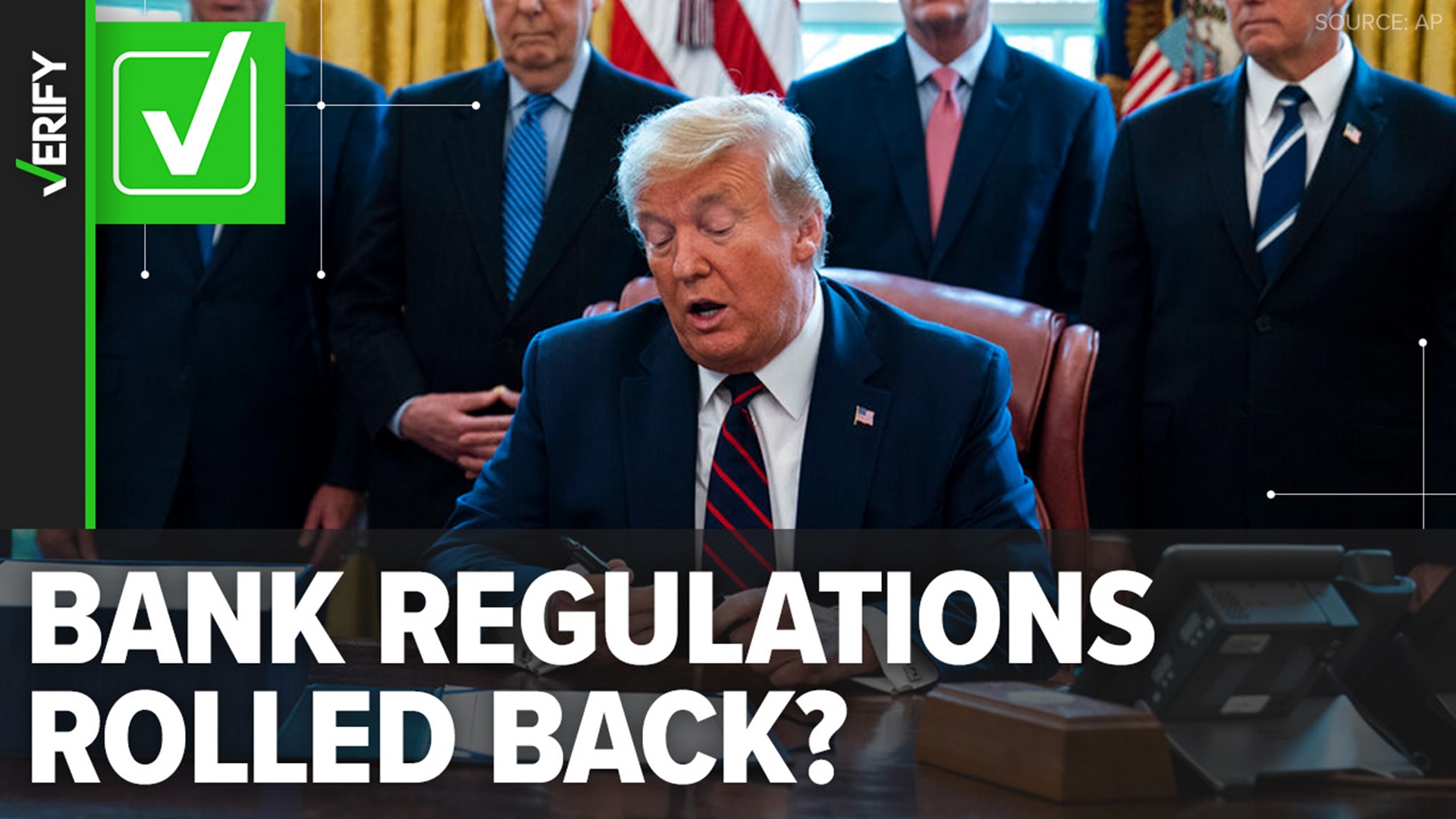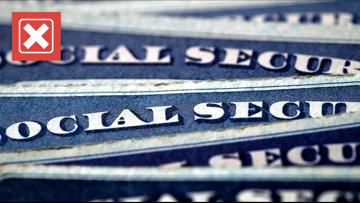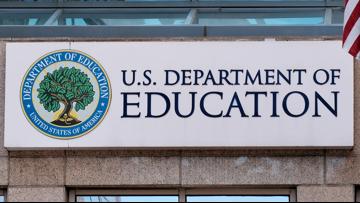On March 10, federal regulators closed Silicon Valley Bank after many depositors rushed to withdraw their funds all at once.
The federal takeover marked the second-largest bank failure since the collapse of Washington Mutual during the 2008 financial crisis. Two days after the Silicon Valley Bank failure, regulators seized New-York based Signature Bank.
In the days after the banks collapsed, people online, including Sen. Elizabeth Warren (D-Mass.), claimed former President Donald Trump “rolled back” regulations for banks. President Joe Biden also addressed the purported rollback of regulations during a speech on March 13.
“During the Obama-Biden administration, we put in place tough requirements on banks like Silicon Valley Bank and Signature Bank, including the Dodd-Frank Law, to make sure the crisis we saw in 2008 would not happen again,” Biden said. “Unfortunately, the last administration rolled back some of these requirements.”
THE QUESTION
Were bank regulations rolled back during the Trump administration?
THE SOURCES
- The Dodd-Frank Wall Street Reform and Consumer Protection Act
- Government Accountability Office (GAO)
- Economic Growth, Regulatory Relief, and Consumer Protection Act
- Federal Reserve
- Federal Deposit Insurance Corporation (FDIC)
- David Ely, Ph.D., finance professor at San Diego State University
- Rep. Katie Porter (D-Calif.)
THE ANSWER
Yes, bank regulations were rolled back during the Trump administration. But it’s difficult to say whether the stricter requirements would have prevented the collapse of Silicon Valley and Signature Banks.
WHAT WE FOUND
In May 2018, former President Donald Trump signed a law to roll back stricter requirements for banks like SVB that were put into place nearly eight years earlier.
In 2010, Congress passed the Dodd-Frank Act during former President Barack Obama’s administration. The legislation aimed to “prevent the excessive risk-taking” that led to the 2008 financial crisis, the Obama White House said at the time.
The Dodd-Frank Act imposed certain requirements on “systemically important financial institutions (SIFIs),” or banks with at least $50 billion in assets.
In 2018, Trump signed the Economic Growth, Regulatory Relief and Consumer Protection Act into law, which raised that threshold to $250 billion. But it did give the Federal Reserve the option to apply stricter requirements for banks with at least $100 billion in assets.
The requirements outlined in the Dodd-Frank Act included annual “stress tests” conducted by the Federal Reserve, enhanced capital and liquidity standards, and a “living will” that would detail a bank’s plan for resolution in the event of a failure, according to a 2013 report from the Government Accountability Office (GAO).
A “stress test” is a simulation or analysis conducted to assess how a bank will be impacted under adverse market conditions, such as a market crash or recession, the Corporate Finance Institute explains.
More from VERIFY: Why people with up to $250K in their bank account are protected in a bank collapse
“The rationale for the rollback in 2018 was that [the regulations] were imposing a burden on these smaller institutions and, by removing that, then they can perform their functions a bit better,” David Ely, a finance professor at San Diego State University, said.
Silicon Valley Bank, which had $209 billion in assets at the end of 2022, would have automatically been subject to the stricter Dodd-Frank rules if the pre-2018 threshold were still in place today, Ely said.
This is also the case for Signature Bank, which had just over $110 billion in assets at the end of 2022.
After the recent bank failures, U.S. Rep. Katie Porter (D-Calif.), Sen. Warren and other lawmakers introduced legislation to bring back the stricter Dodd-Frank regulations. But it’s difficult to say whether those requirements would have prevented the bank collapses.
“I think the fundamental causes of their collapse were more due to some poor management decisions, and maybe some red flags that were overlooked in the basic regulation of the institution,” Ely said.
Silicon Valley Bank had many investments in long-term government bonds and mortgage-backed securities, which plummeted in value as the Fed raised interest rates. Both Silicon Valley and Signature Banks also had a high number of deposits that were not insured by the federal government, making them “more vulnerable to bank runs,” Jay Hatfield, CEO at Infrastructure Capital Advisors, told VERIFY.
The Associated Press contributed to this report.












